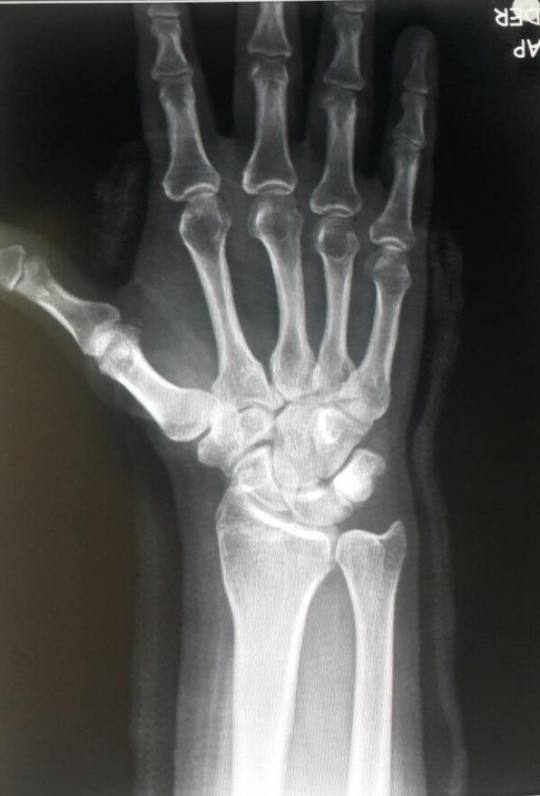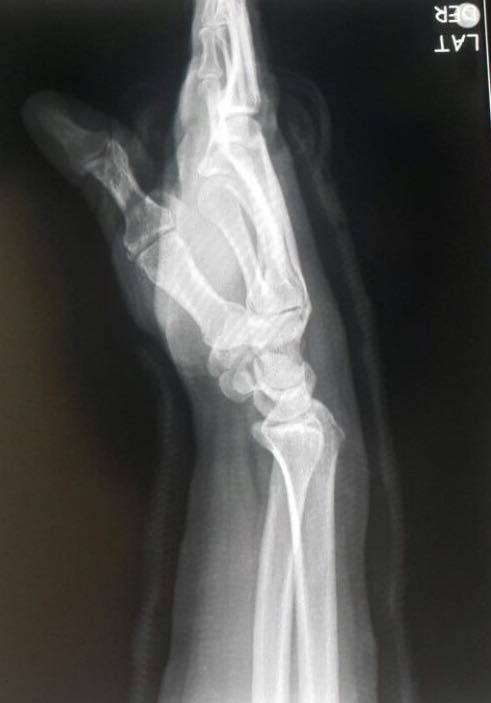Clinical outcomes after revision surgery for medial patellofemoral ligament reconstruction
Fuente
Este artículo es originalmente publicado en:
De:
2017 Mar 9. doi: 10.1007/s00167-017-4477-y. [Epub ahead of print]
Todos los derechos reservados para:
© European Society of Sports Traumatology, Knee Surgery, Arthroscopy (ESSKA) 2017
Abstract
PURPOSE:
Medial patellofemoral ligament reconstruction (MPFL-R) is the standard surgical intervention for patella instability. However, limited knowledge exists concerning the causes for failure, and outcome after revision MPFL-R. The purpose of this study is to evaluate the causes of primary MPFL-R failure and clinical outcomes after revision MPFL-R.
CONCLUSION:
Although revision MPFL-R establishes acceptable patellar stability, the subjective outcomes after revision MPFL-R do not improve significantly, and are poorer than after primary MPFL-R. Non-anatomical graft position can be an important cause of MPFL-R failure. The clinical relevance of this study is that it shows that it may be difficult to improve self-reported outcomes in revision MPFL-R patients.
LEVEL OF EVIDENCE:
III.
KEYWORDS:
Dislocation; Ligament reconstruction; MPFL; Medial patellofemoral ligament; Patella instability; Revision surgery
Resumen
PROPÓSITO:
La reconstrucción medial del ligamento patelofemoral (MPFL-R) es la intervención quirúrgica estándar para la inestabilidad de la rótula. Sin embargo, existen limitados conocimientos sobre las causas del fracaso y el resultado después de la revisión MPFL-R. El propósito de este estudio es evaluar las causas del fracaso primario de MPFL-R y los resultados clínicos después de la revisión MPFL-R.
CONCLUSIÓN:
Aunque la revisión MPFL-R establece estabilidad patelar aceptable, los resultados subjetivos después de la revisión MPFL-R no mejoran significativamente, y son más pobres que después de MPFL-R primaria. La posición del injerto no anatómico puede ser una causa importante del fallo de MPFL-R. La relevancia clínica de este estudio es que muestra que puede ser difícil mejorar los resultados autoinformados en los pacientes con MPFL-R de revisión.
NIVEL DE EVIDENCIA:
III.
PALABRAS CLAVE:
Dislocación; Reconstrucción del ligamento; MPFL; Ligamento femoropatelar medial; Inestabilidad de la rótula; Cirugía de revisión
PMID: 28280905 DOI:



